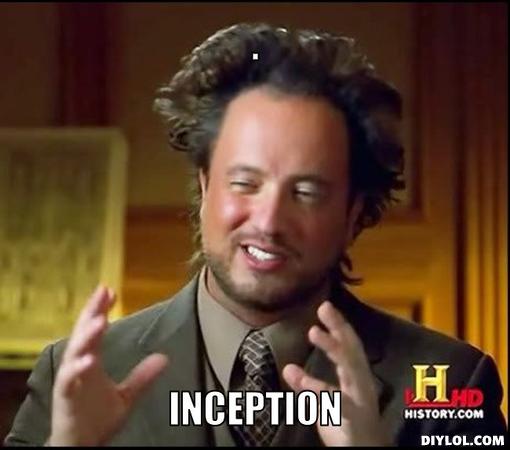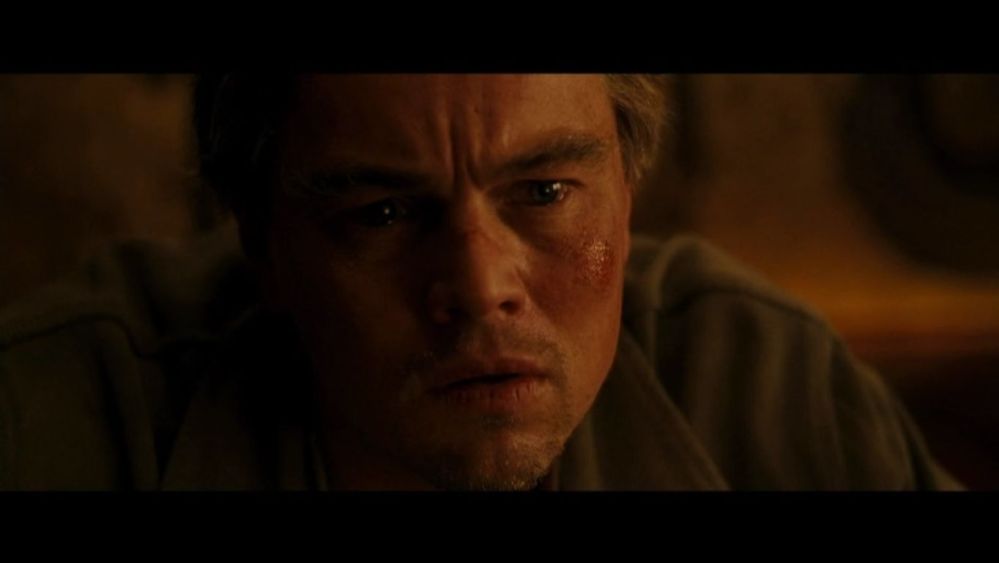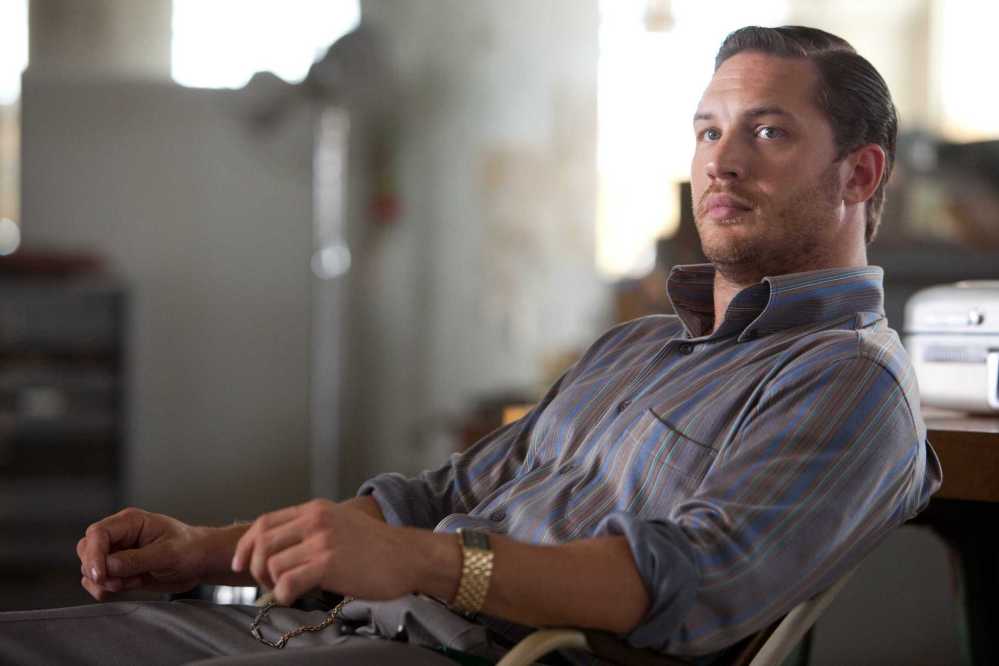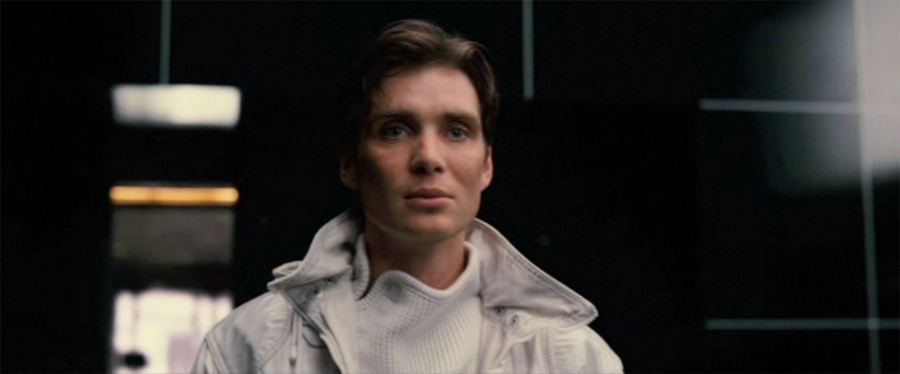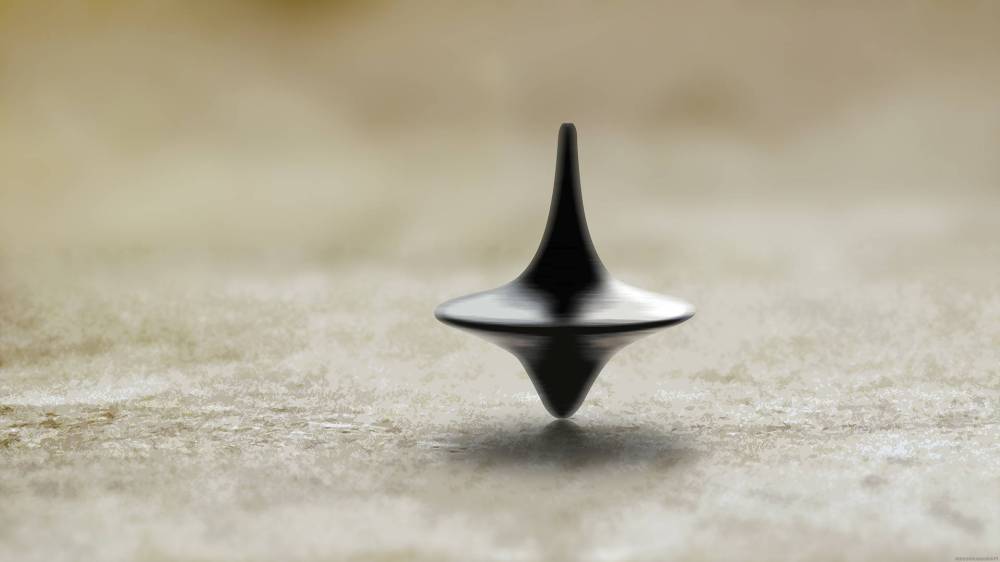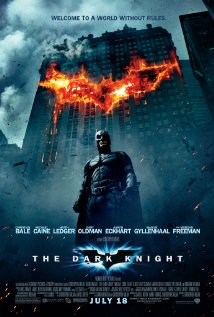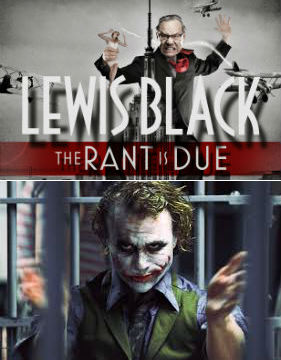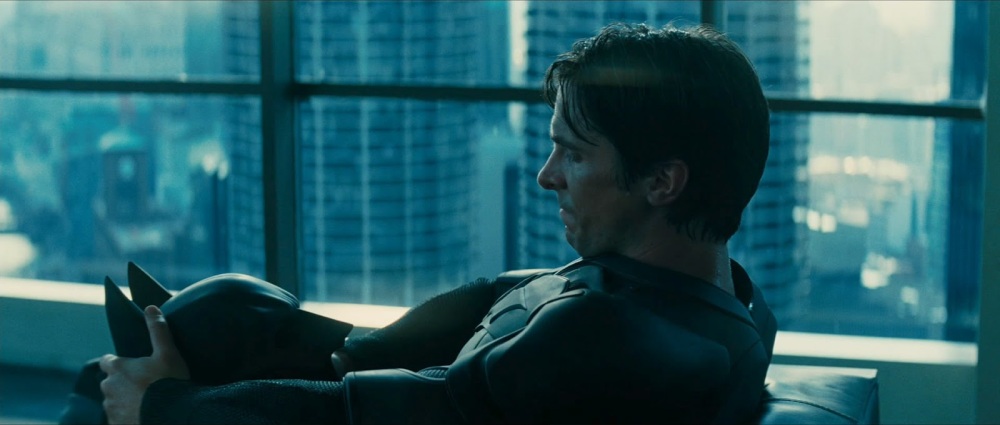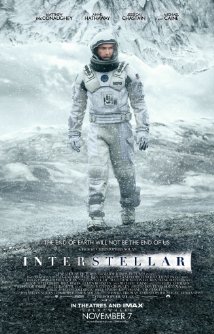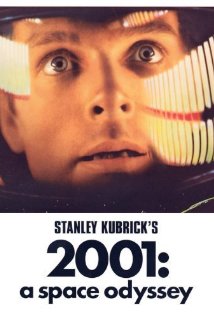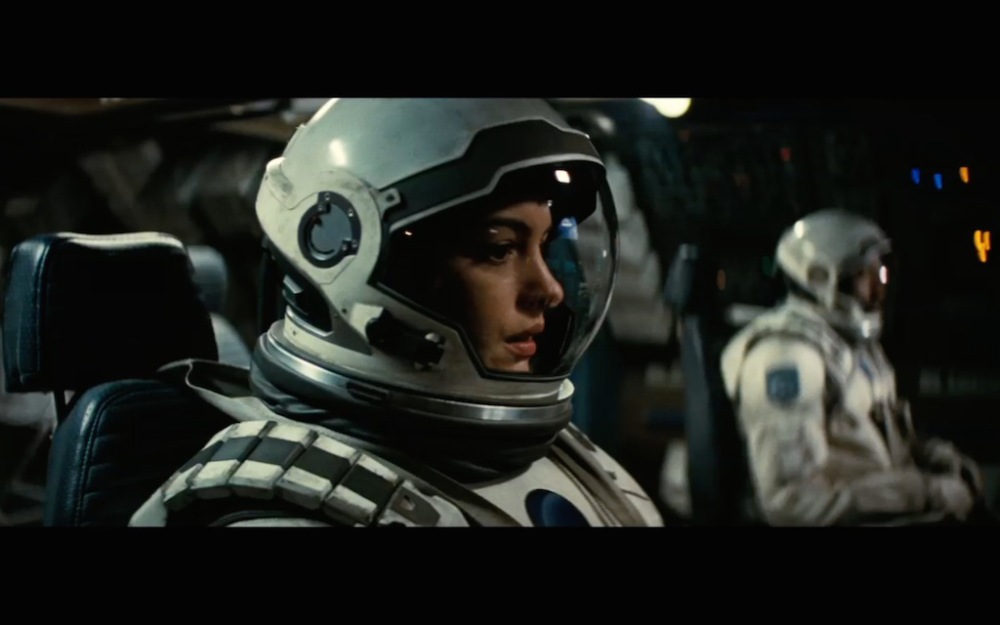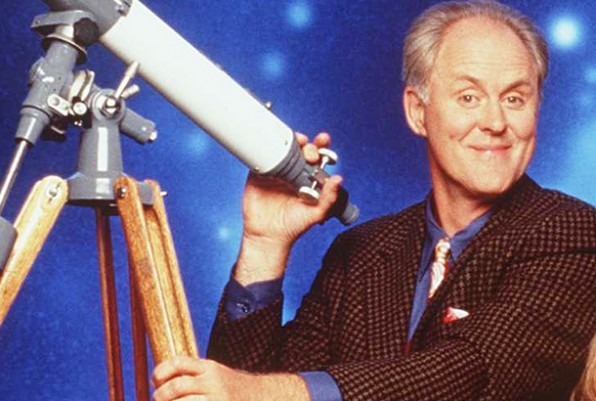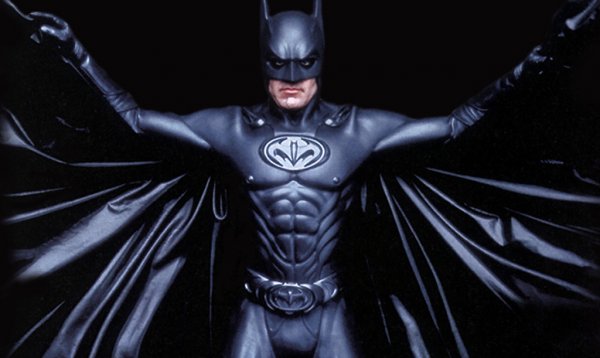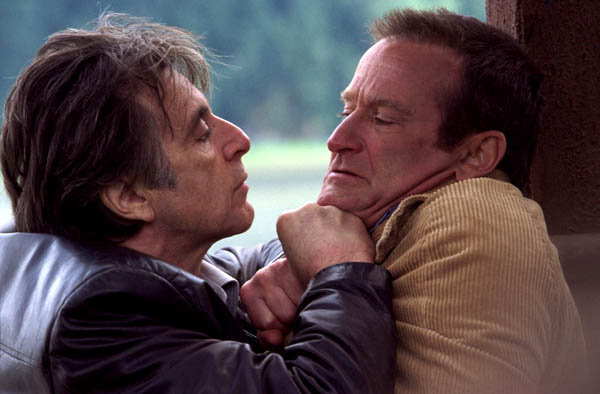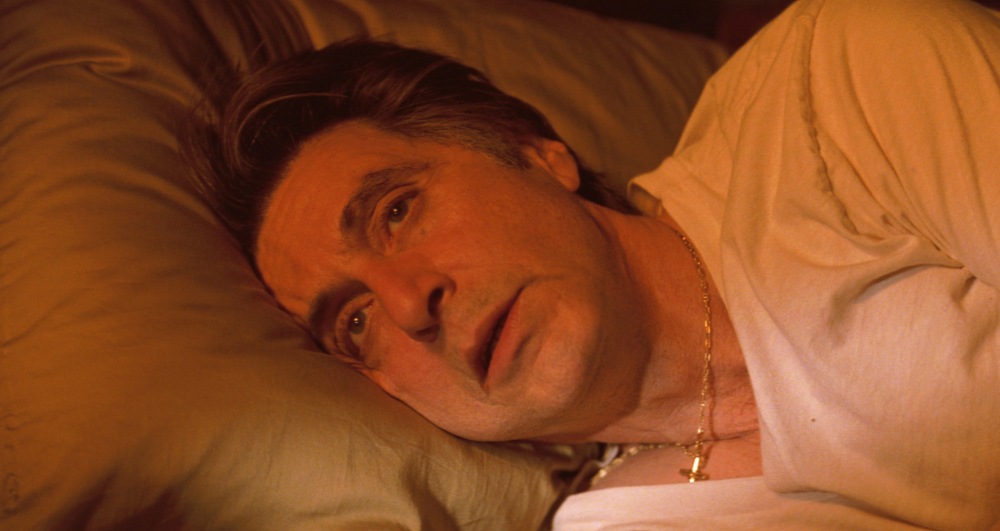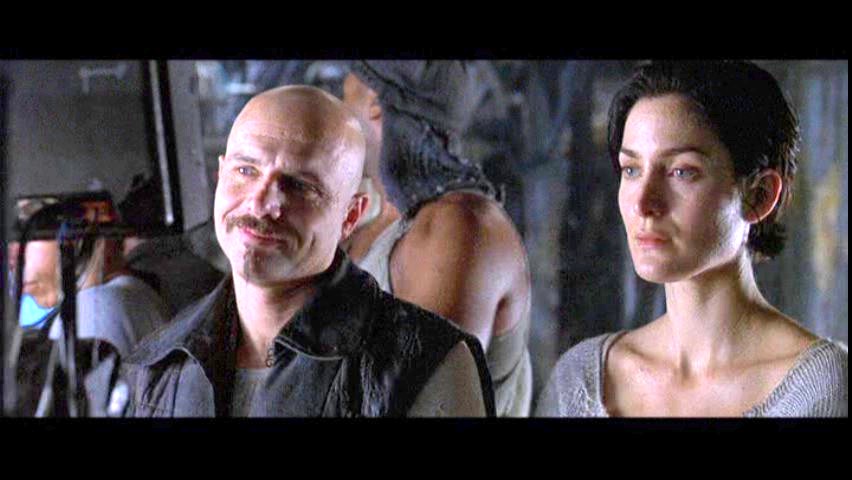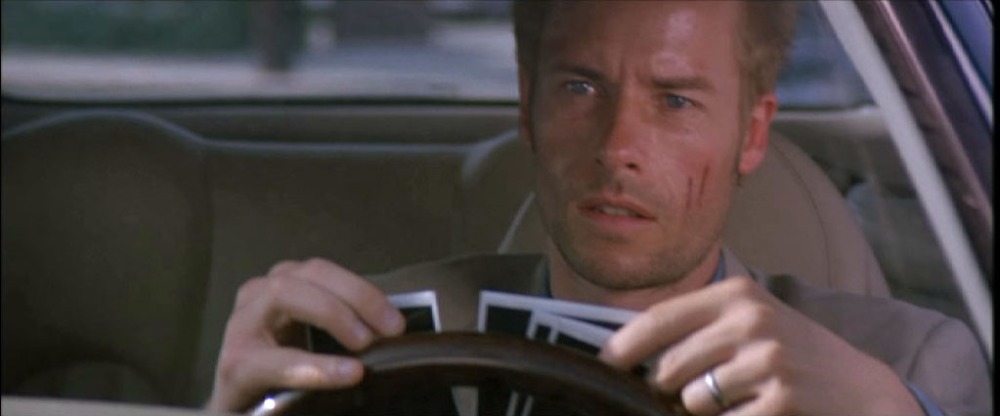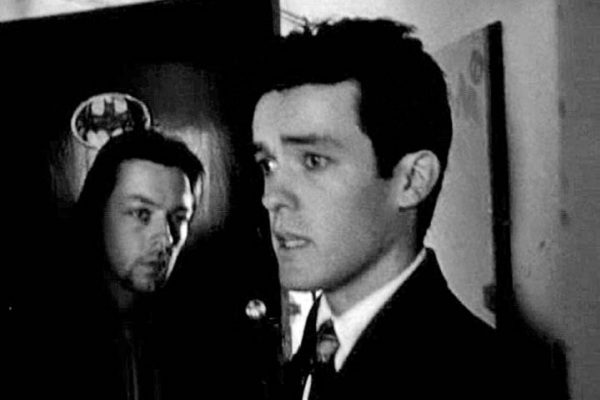
WWII 2017, part one: “Dunkirk”
You know what the world needs? Another World War II movie!
Christopher Nolan has taken his audiences to Gotham, to space, even to the dreamworld of the inner mind, and last year, it was his turn to take viewers back to the 1940s, to the Great War, as Americans like to refer to it.
Thankfully, at least this one comes from a non-American perspective for once. The title of the movie, “Dunkirk,” refers to the French town of “Dunkerque,” which was the site of one of the war’s early key battles. The British invasion (not the one with the Beatles) into France occupied by the vaunted forces of Germany had failed, and so it was time to go home.
The movie follows multiple Brits as they all try to survive long enough for transport ships to come and pick up the troops. “Survive” is the key word there, as Nolan frames his war movie as a thriller, approaching horror, in which the characters are simply trying to survive.
That’s the major difference between this and the war epics Hollywood churns out, and it doubles as a reflection of the U.K.’s perspective on the war as opposed to the U.S.’s. Whereas the stars of American war films somehow find the time amid the relentless action to pontificate on bravery, sacrifice, the meaning of life, etc., “Dunkirk” has a minimalist script, and its characters are simply working for their own survival and, by extension, for their nation’s survival. This battle was a matter of survival for Britain too, as the bulk of their military had been invested in the invasion, and the failure to bring 400,000 troops home could have potentially led to not-so-jolly ol’ Nazi England. Contrast this with the tales of glory, bravery and proud victory the U.S. lauds upon its soldiers, its military and its wars.
As the movie follows multiple characters, there’s no real lead, though army soldier Tommy (Fionn Wolfhard) is the one who has basically decided his entire goal is to make it home. The film also focuses on a pair of fighter pilots patrolling the sky trying to keep the beaches safe (Tom Hardy and Jack Lowdon), Commander Bolton (Kenneth Branagh), and a civilian boat captain (Mark Rylance).
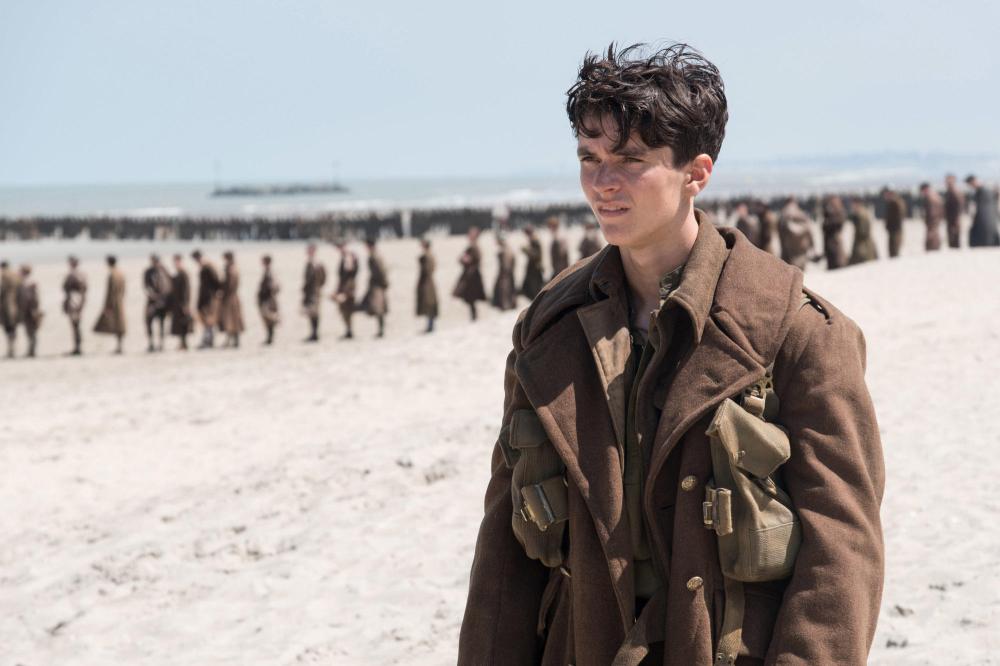
Tommy’s just done with this shit, and who can blame him.
It has been noted that this is the first war movie to cover all three phases of war: land, air and sea. It is interesting to watch Nolan juggle these three perspectives and show how each supports the others, especially in the way he covers multiple angles of a sole event.
Now, this is Christopher Nolan, who is known for inserting major and sometimes bizarre twists into his plots. But, no, it doesn’t turn out that Adolf Hitler had a secret twin brother who infiltrated the British military and escapes to the U.S. at the end, where he’s welcomed with open arms by FDR himself or anything weird like that. In terms of telling a historical story, Nolan plays it straight this time.
But Nolan is never one to just make a simple straightforward movie, and he innovates here by telling hi story in a fairly non-linear fashion. The viewer will see the results of an event from one character’s perspective before actually witnessing the event from another character’s perspective. It can be a bit disorienting and confusing, at least on the first watch-through, and it might be more rewarding to see the film more than once (like any Nolan movie) to figure out where those puzzle pieces fit.
As the narrative jumps around, it doesn’t stick with any one character for too long before switching perspectives, and it’s fair criticism to say that the movie doesn’t do enough to build its characters. But, by the same token, that is a reminder that a soldier is just a soldier, just another common, ordinary human trying to make it, and not some superhero — or Tom Hanks — whom the audience is expected to swoon over.
Perhaps the most endearing character, however, is Rylance’s Mr. Dawson, an older, but not elderly, civilian yacht captain, who is simply trying to do whatever little he can to help England. He’s aware that he has nothing to offer in the way of destroying the enemy forces, yet he has the drive and hubris to aid the war effort in any way he is able. Cillian Murphy’s downed fighter pilot who had been rescued by Dawson tries to convince him to turn away from the fighting and go back home to England because he’d personally had enough of the hellish chaos. But Dawson replies, “Well, there won’t be any home if we allow a slaughter across the Channel.”
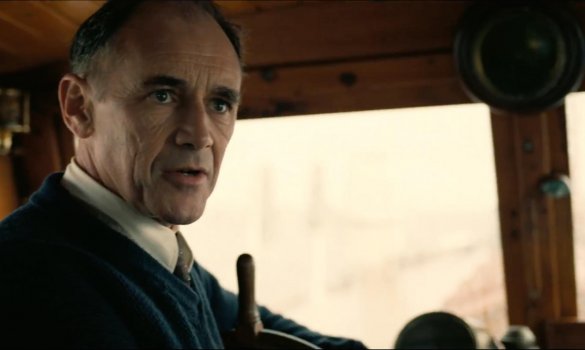
If there is a heart to this movie, it’s found in Mr. Dawson.
Nolan obviously set out to create a very intense movie, and even in slower moments, he ratchets up the tension, through the soundtrack and through unnerving images, like the huge lines of soldiers waiting for rescue on the beach. It always feels like something bad is about to happen, and, thus, something bad frequently happens. It’s not that the troops are caught unaware, but they are always vulnerable. The Germans constantly apply immense pressure on the Brits, and the British soldiers have no way to retaliate or defend themselves. They are almost always sitting — sometimes standing — ducks, whose only hope is that someone else comes through for them. Nolan alternates scenes of horrors like naval crew desperately abandoning a sinking ship next to a scene like a bunch of soldiers boarding a rescue boat, where they are taken down into the hold and given bread and jam. Even in an environment where something as small as bread and jam seem like a luxury, it almost assuredly serves as false comfort and a mere distraction from the terrors that lay ahead.
As the director put all his efforts here into making war look like hell, could it be that he was trying to make a statement about the nature of war? The notion that “war is hell” is not exactly an new approach for movies about war, as enough war movies from “Apocalypse Now” to “Saving Private Ryan” make the audience feel as if they’re passing through Dante’s Seventh Circle or a Hieronymus Bosch painting. “Ryan,” considered possibly the greatest war movie of all-time, goes on to set aside its damning of war once it gets past Normandy Beach, going on to resemble everything a middle-school boy dreams of when he watches “GI Joe.” Other war movies like “Apocalypse Now” or “Full Metal Jacket” or “Platoon” are heavily introspective on the inherent evil of mankind and shit like that, comtemplating on the soldiers’ emotions and inner turmoil. More recent movies like “American Sniper” are little more than pro-war, often anti-Muslim propaganda. It’s a departure to follow the characters of “Dunkirk,” who are simply wide-eyed kids who just want to go home.
But the U.S. and European countries have such disparate viewpoints on this war. For the British (and the French), the war effort was a matter of fighting for existence against the onslaught of the relentless and brutal German war machine. Those countries are all right next to each other, being far across the pond from the U.S. Germany did conquer France, and they were on the doorstep of Britain, which was on the brink of being conquered as well. For these soldiers, to lose potentially meant the annihilation of their country.
On the other hand, other than Pearl Harbor, the U.S. has never had to deal with any invasion or even any threat of invasion from any other conquering regime. The biggest wars on American soil were the Revolutionary War, which — from a purely objective standpoint — the U.S. started, and the Civil War, which was entirely self-inflicted, and those both happened hundreds of years ago, far beyond the memory of anyone living. The U.S. was provoked into WWII by Japan’s attack, but although the prospect of interjecting itself into the German side of things had some immediacy to it, that effort was still on the other side of the ocean, distant from the American homeland. All that said, it’s a little bit ridiculous how much the U.S. idolizes war and only considers the sacrifice of its human soldiers as a marketing tool to get more people to join the military.
So, it is refreshing to see another nation’s perspective on WWII, one that is not so gung-ho about war. You couldn’t show this movie to prospective soldiers and expect them to want to join up because retreating doesn’t look like fun, especially when you don’t even get to shoot back. You’d hope world leaders would see something like this movie and understand that the suffering of young people being sent to do battle with one another would be enough to deter further conflicts or at least approach such situations with some sort of caution.
Unfortunately, the U.S. seems to want to be more of a “fire and fury” type of country right now, and a movie about WWII doesn’t seem likely to change anyone’s minds in a nation whose leadership and a portion of its populace doesn’t show much respect for foreign perspectives. There just doesn’t seem to be much care or caution coming from American leaders when it comes to getting involved in foreign conflict. To be fair to current leadership, that’s mostly been the U.S.’s policy since WWII ended.
There are other, obvious ways the movie differentiates itself from other war movies. First of all, it isn’t an epic, especially looking at the 106-minute runtime. There is a lot of action, and those sequences are almost uncomfortably long at times. Yet whereas many war movies rely on heavy, realistic gory effects, copious amounts of swearing, or horrific atrocities to drive home the severity of the situations, this movie contains none of those. It does utilize more subtle, Hitchcockian effects at times, like Tommy running through crowds of soldiers on the giant piers set up in anticipation of the coming rescue ships, and coming upon an enormous hole in the flooring, a remnant of what (who) used to be there. It’s a reminder that, even in quieter moments, there is really no safety for these troops, which helps raise the tension even more. But the movie is so “tame” by war movie standards, it even gets a PG-13 rating, whereas war movies almost always automatically are assumed to garner an R rating.
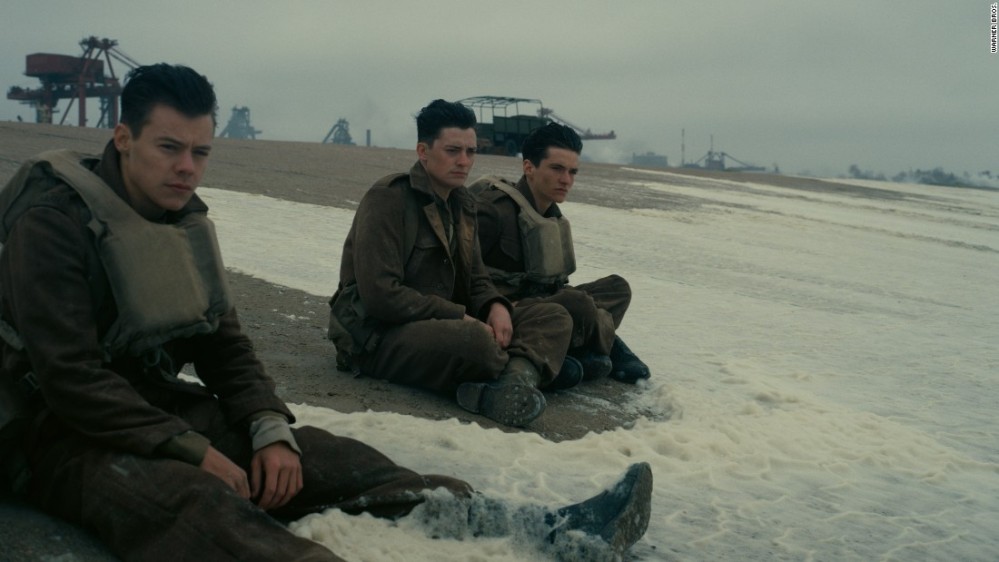
Then, there’s that foam on the beach that looks gross and off-putting. The tone is so unpleasant for the entire movie.
Anyway, this one is difficult to compare to other Nolan films. Other than the excellent cinematography and the unique plotting, being a historical film, it doesn’t really feel much like Batman, “Memento,” or “Inception.” If anything, maybe all of Nazi Germany is kind of like the Joker, though he was more into psychological torment, whereas the German military directly bombards “Dunkirk’s” characters. The Nazis did the psychological torment thing too, just not in this movie. But this is another great Nolan film, and a welcome return from a messy, disappointing “Interstellar.”
And finally, whose decision is it to put Tom Hardy in a mask in these movies? Hardy plays a fighter pilot, who delivers all of his dialogue — much of which is distorted by the vibrations of the plane — wearing an oxygen mask and speaking by radio to his fellow pilot and home base. The man is an excellent actor, and he does not need to be muzzled. Nolan was one culprit in the masking of Hardy in his Batman trilogy finale “The Dark Knight Rises,” where Hardy played Bane, who also required an oxygen mask. In “Mad Max,” he had a steel muzzle for good portion of the movie. This would be his third masked performance, and, assuming he gets into the full symbiotic costume for “Venom,” that would put him under a hood yet again. People, he’s a fine enough looking gent, let the man breathe freely!
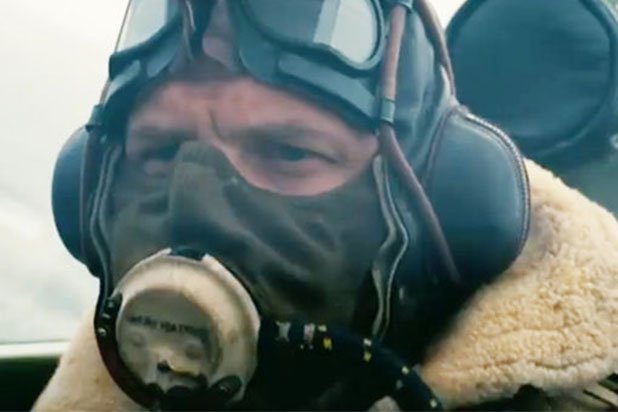
The masked man
“Dunkirk” is a different kind of war movie, and it ought to seem like a fresh take on the subject to anyone who’s seen enough American war films. It should help one appreciate the sacrifice of soldiers who fight to keep their country free, while understanding that they’re mostly just young people who don’t really know what they’ve gotten themselves into until they’ve already gotten themselves into it. In a crowded Oscar year, it’s possible, but it doesn’t seem likely that Christopher Nolan will get his first best picture win this time, but it more than earns its spot at the table.








